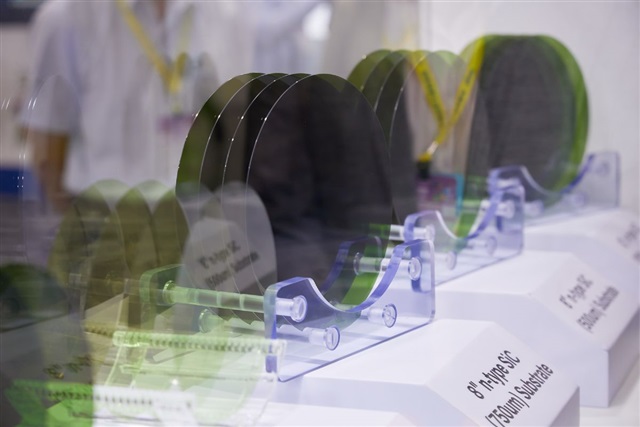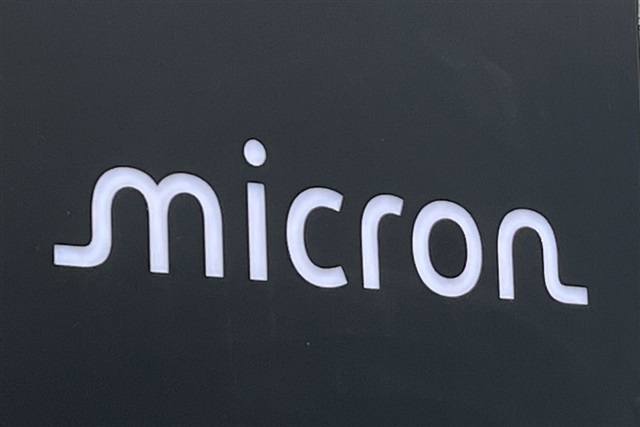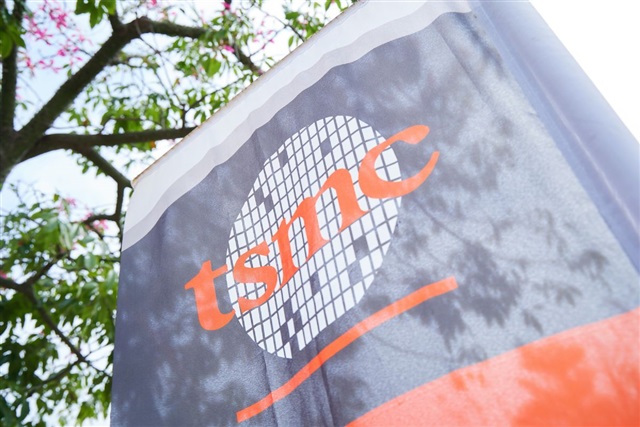According to the news, the DRAM market usually sells strongly in the second half of the year as system manufacturers order memory chips for the next generation of products they plan to release during the year-end holidays. But that hasn't been the case this year.
Weak economic conditions and high inflation have slowed global demand for personal computers, mainstream smartphones and other consumer electronics, according to analysis by IC Insights, a semiconductor data consultancy. As a result, DRAM demand is spiraling downward, with sales now expected to fall 40 percent to $29.3 billion in the second half of 2022, compared with $49 billion in the first half of 2022. The DRAM market is expected to decline by 18 percent for the full year 2022.
The DRAM market saw strong sales in the first few months of the year, although the first signs of a DRAM market correction began to appear in late 2Q22. Micron, for example, reported an 11 percent increase in sales for its fiscal 3Q22 (ending in May). But then the company guided for -17% sales for its fiscal Q4 (ending August). Micron's actual sales for the fourth quarter of 2022 were down 23 percent, well above its expectations. Later this year, Micron also said it expects its annual DRAM bit volume to decline by 1%, further evidence that the DRAM market is in a rapid and severe downturn.
SK Hynix and Samsung also announced sharp declines in their memory sales for the third quarter of 2022, and both expect the DRAM market weakness to continue through the end of this year and into at least the first quarter of '23.
In their earnings calls, the three memory makers noted that inflation has eroded consumer discretionary spending at a time of year when sales typically heat up. Combined with ongoing supply chain disruptions and bloated inventory levels, a DRAM market correction is almost inevitable.
Over the past 30 years, the DRAM market has been characterized by periods of phenomenal growth and years of great decline (e.g., 2022) with high volatility.
IC Insights notes that in the past four years alone, the DRAM market has declined 37% in 2019, grown 42% in 2021, and is expected to decline 18% in 2022. With such extreme volatility, it's no wonder that the number of DRAM suppliers in this number has decreased from more than 25 30 years ago to the top three suppliers today.
source:aijiwei

Abonnieren fuer regelmaessige Marktupdates.
Bleiben Sie auf dem neuesten Stand der Branchentrends, indem Sie unseren Newsletter abonnieren. Unser Newsletter ist Ihr Zugang zu erstklassiger Marktexpertise.

The US has initiated a Section 301 investigation into China's mature semiconductor processes and third-generation silicon carbide (SiC) semiconductors. Supply chain operators state that the increa

In 2025, we expect 9.5% growth in the global semiconductor market, driven by robust demand for data centre services, including AI. However, growth in other, more mature segments is expected to be stag

Taiwanese chip manufacturer TSMC has announced a $100 billion investment in the United States, aiming to build five additional semiconductor facilities.The plan was revealed by TSMC CEO C.C. Wei along

Prices of mature process memory, long hit by oversupply due to fast capacity expansion at Chinese makers, are expected to rebound, thanks to the Chinese government's consumption stimulus programs.

With the ongoing development of new-generation processors, the introduction of PCIe Gen5 specifications into high-end PC applications is set to commence in 2025. According to Micron Technology, Gen4 p

The global market is watching how TSMC, pressured by the US, might assist Intel's foundry operations, while Samsung Electronics and Rapidus, also facing challenges, may similarly require TSMC'